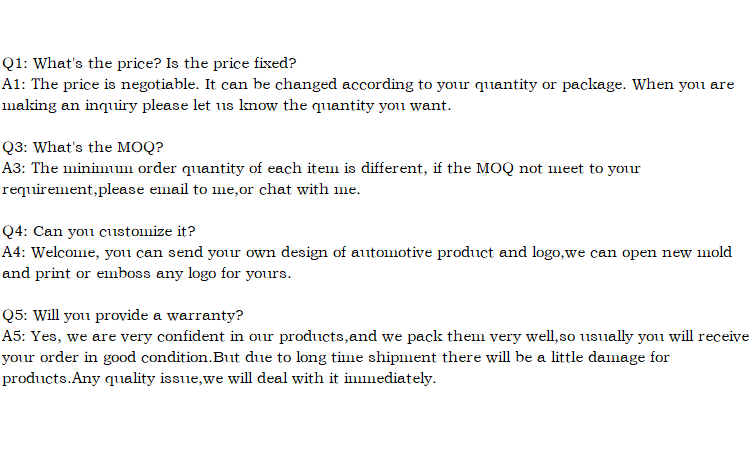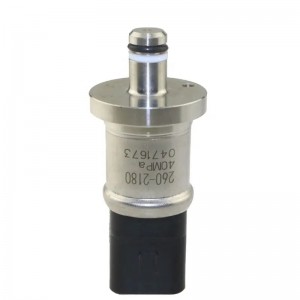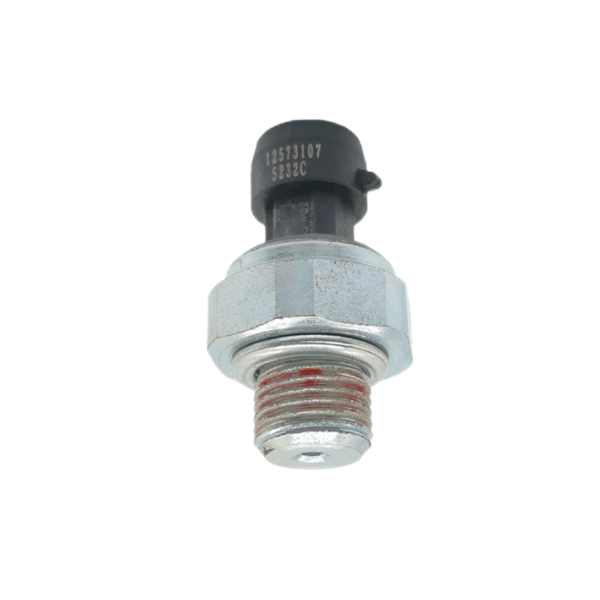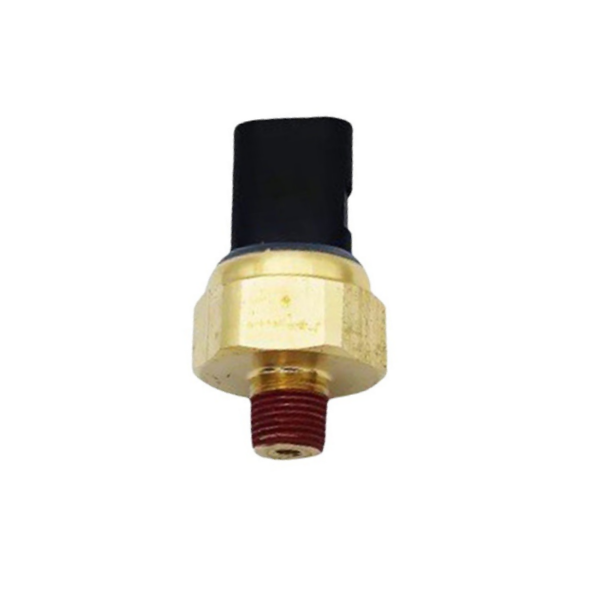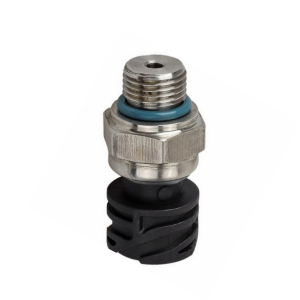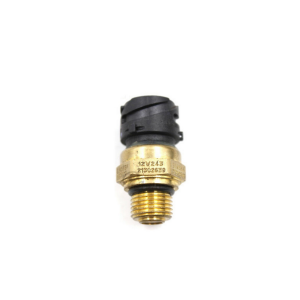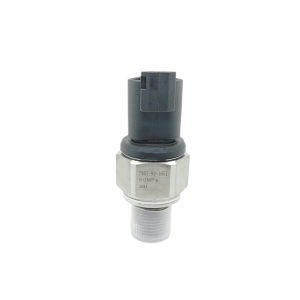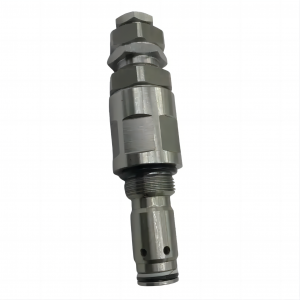Sensor 260-2180 for hydraulic pump of Carter excavator
Product introduction
1. Sensor: A device or device that can sense the specified measured signals and convert them into usable output signals according to certain rules. It usually consists of sensitive elements and conversion elements.
① Sensitive element refers to the part of the sensor that can be measured directly (or in response).
② Conversion element refers to the part of the sensor that can be sensed (or responded) by a more sensitive element and converted into an electrical signal that is transmitted and/or measured.
③ When the output is a specified standard signal, it is called a transmitter.
2. Measurement range: the range of measured values within the allowable error limit.
3. Range: Algebraic difference between the upper limit and the lower limit of the measuring range.
4. Accuracy: the degree of consistency between the measured results and the true values.
5. Renaturation: the degree of coincidence between the results of continuous measurement of the same measured quantity for many times under all the following conditions:
6. Resolution: the smallest variation that can be detected by the sensor in the specified measuring range circle.
7. Threshold: the minimum measured variation that can make the sensor output produce measurable variation.
8. Zero position: a state that minimizes the absolute value of the output, such as a balanced state.
9. Excitation: External energy (voltage or current) applied to make the sensor work normally.
10. Maximum excitation: the maximum excitation voltage or current that can be applied to the sensor under local conditions.
11. Input impedance: the impedance measured at the input end of the sensor when the output end is short-circuited.
12. Output: The electric quantity generated by the sensor is a function of the external measurement.
13. Output impedance: the impedance measured at the output of the sensor when the input is short-circuited.
14. Zero output: the output of the sensor when the added value is measured to be zero under the local conditions.
15. Lag: The maximum difference in output when the measured value increases and decreases within the specified range.
16. Delay: the time delay of the change of output signal relative to the change of input signal.
17. Drift: In a certain time interval, the sensor output is finally measured by an irrelevant and unnecessary change.
18. Zero drift: the change of zero output at a specified time interval and indoor conditions.
19. Sensitivity: the ratio of the increment of sensor output to the corresponding increment of input.
20. Sensitivity drift: the change of the slope of the calibration curve due to the change of sensitivity.
21. Thermal sensitivity drift: sensitivity drift caused by sensitivity change.
22. Thermal zero drift: zero drift caused by changes in ambient temperature.
23. Linearity: the degree to which the calibration curve is consistent with a specified limit.
24. Philippine linearity: the degree to which the calibration curve deviates from a specified straight line.
25. Long-term stability: the ability of the sensor to remain within the allowable error within the specified time.
26. Inherent yield: when there is no resistance, the free oscillation yield of the sensor (without external force).
27. Response: the characteristics of the measured change at the time of output.
28. Compensation temperature range: the temperature range compensated by keeping the sensor in the range and zero balance within the specified limit.
29. Creep: When the environmental conditions of the measured machine remain constant, the output changes within the specified time.
30. Insulation resistance: Unless otherwise specified, it refers to the resistance value measured between the specified insulation parts of the sensor when the specified DC voltage is applied at room temperature.
Product picture

Company details

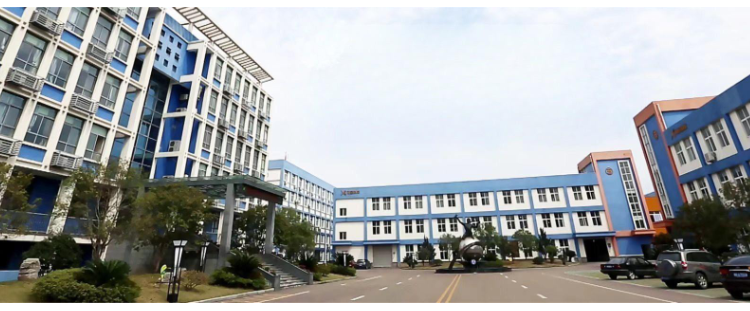

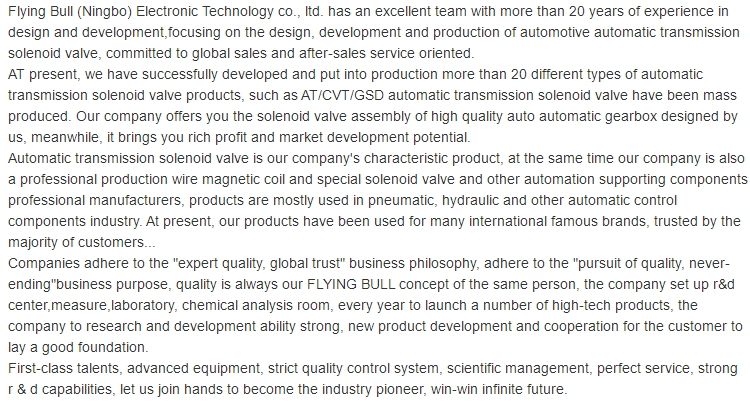
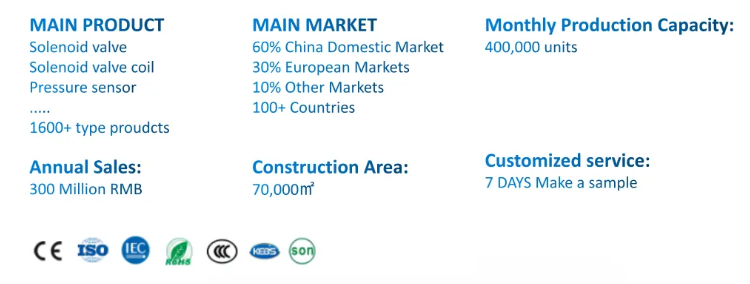


Company advantage
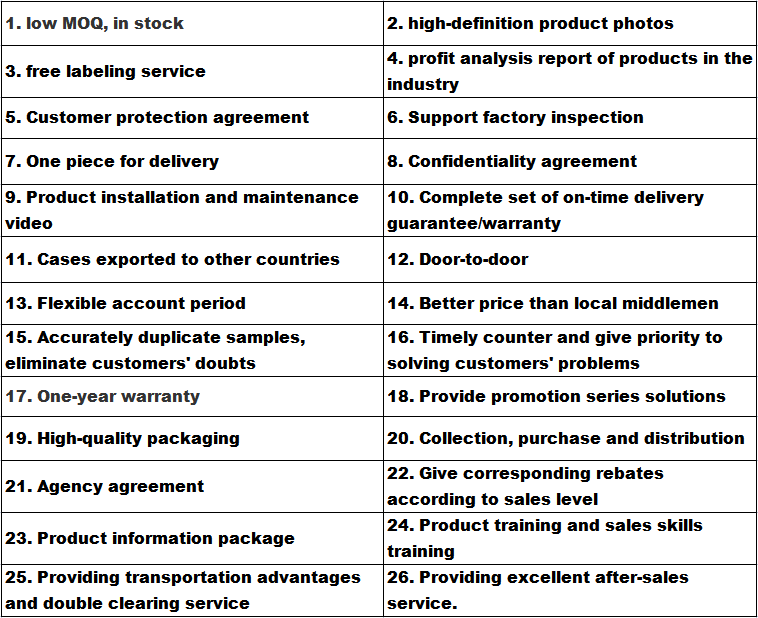
Transportation

FAQ
